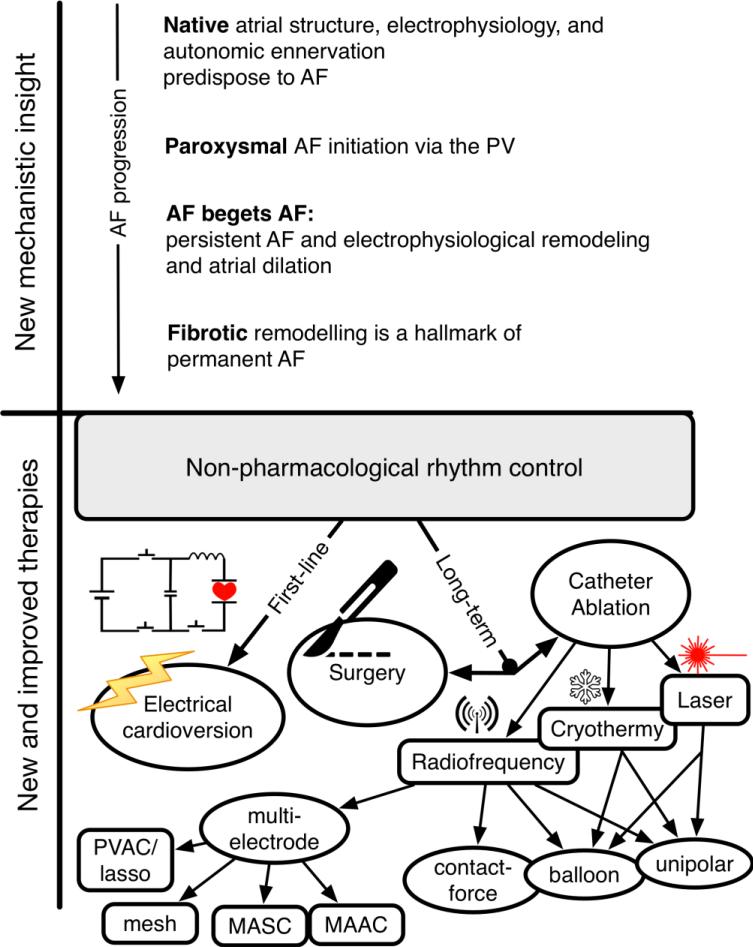Figure 3. Biophysical simulation has provided both new mechanistic insight and contributed to improved therapeutics in AF.
Computation has provided fundamental understanding of AF mechanisms in terms of the contributions of native atrial heterogeneities, and stage-specific mechanisms as AF progressed from paroxysmal to persistent to permanent (top panel). These insights have enabled improvements to strategies for non-pharmacological rhythm control (summarized in the bottom panel). Notably, biophysical modeling and simulation is a viable strategy for therapy planning in the context of catheter ablation, as discussed in section 3.2.

